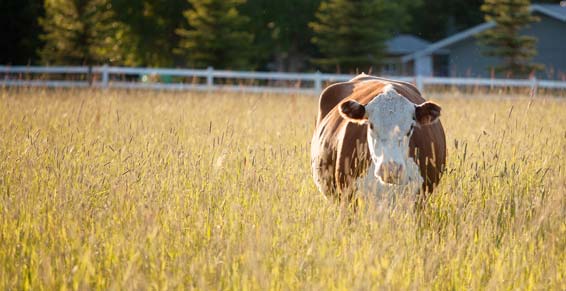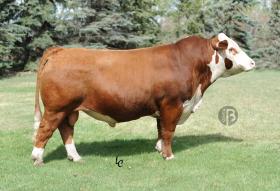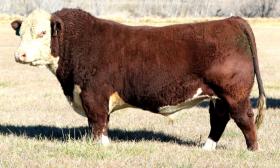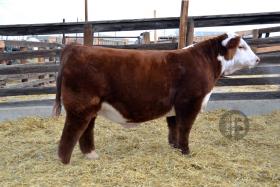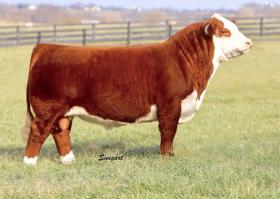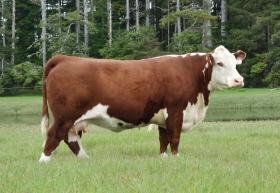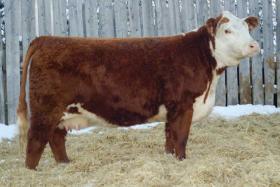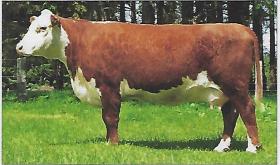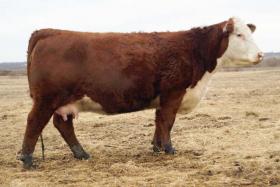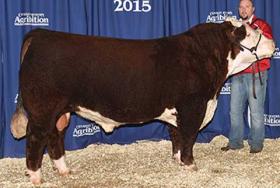Hereford Genetics
Davis Rairdan has Hereford embryos for sale from well-known bloodlines. Herefords are one of the most prominent breeds among farmers and ranchers in North America. Herefords are docile and easy to handle and that makes them ideal for large cattle operations.
Beginning in 1742 with a bull calf and two cows inherited from his father's estate, Benjamin Tomkins is credited with founding the Hereford breed. From the start, Mr. Tomkins had as his goals economy in feeding, natural aptitude to grow and gain from grass and grain, rustling ability, hardiness, early maturity and prolificacy, traits that are still of primary importance today.
Fredrick William Stone was a Warwickshire Englishman who is responsible for the introduction of the Hereford breed into Canada. Mr. Stone came to Canada from England in 1831 and settled on 200 acres on the Puslinch Plains, south of where the city of Guelph now stands. He eventually increased his farm to 583 acres.
In 1850 Mr. Stone bought a herd of Shorthorns and four years later began to import breeding stock from England. While he was visiting England in 1860, he attended the English Royal Show at Canterbury and was greatly impressed with the quality of the Herefords shown. As he had to return to Canada he arranged for his brother to buy some of these cattle at an upcoming sale of Lord Bateman. In due course, eight heifers and a young bull arrived in Canada, all of commendable quality. It was Mr. Stone's intention to show them the following year at the provincial exhibition in London, Ontario as he felt this "would at least attract attention" to the breed. An editorial in an agricultural journal of the day made the comment that Lord Bateman's renowned Herefords stood unequalled in purity, size and symmetry in England and congratulated Mr. Stone on his purchases.
The first Polled Herefords were imported to Canada in 1903 by Mossom Boyd of Bobycaygeon, Ontario.

